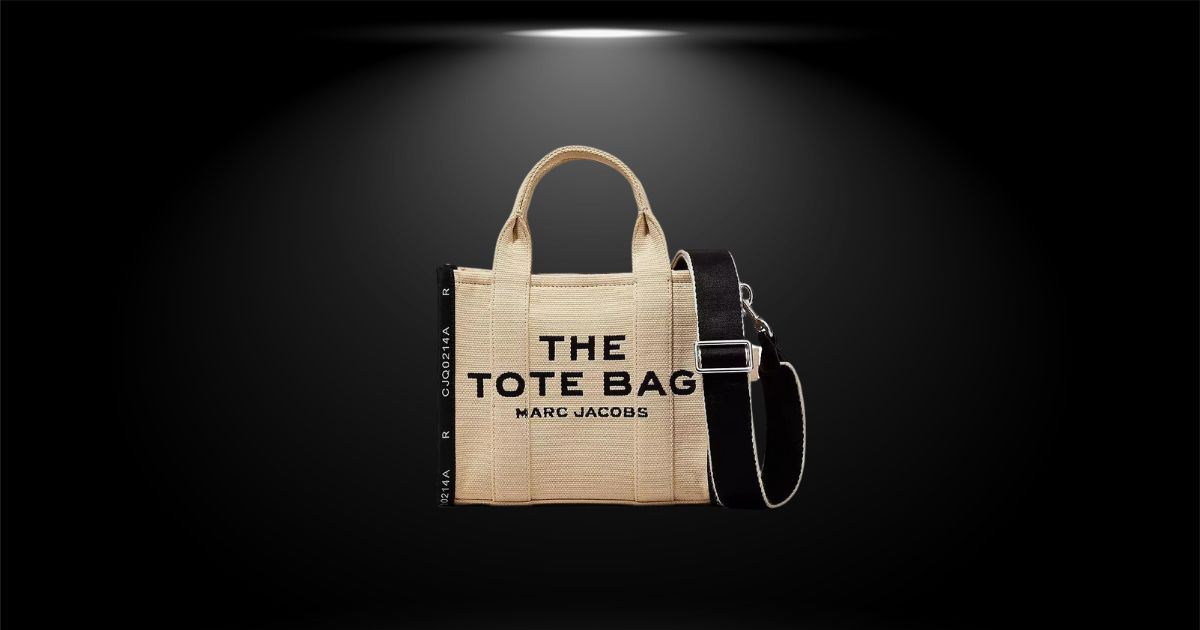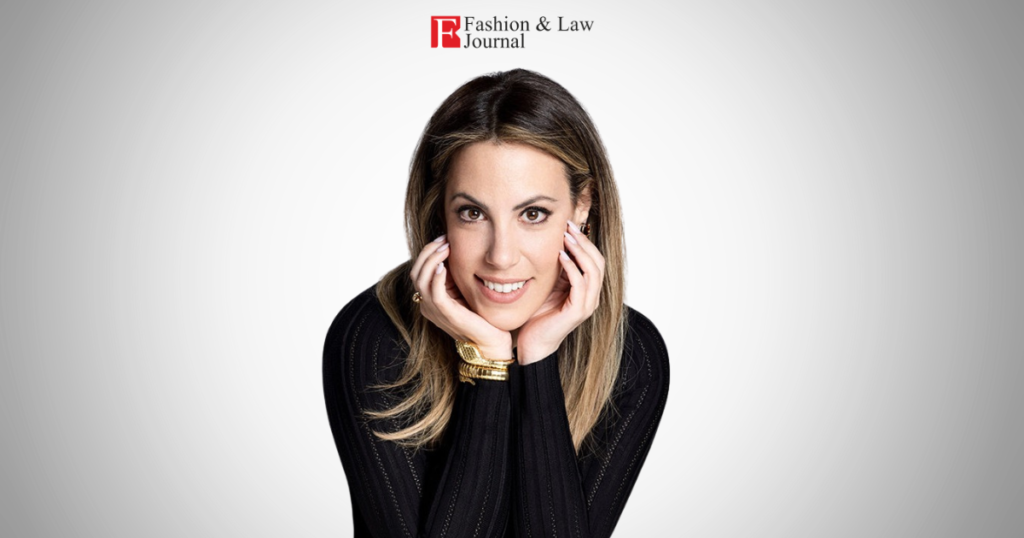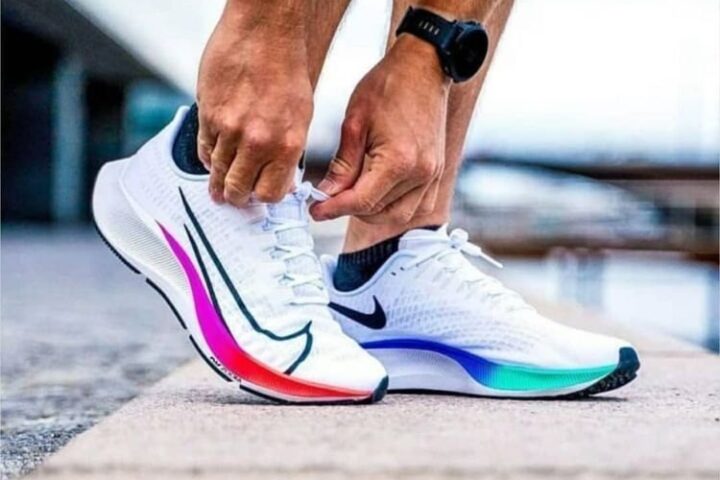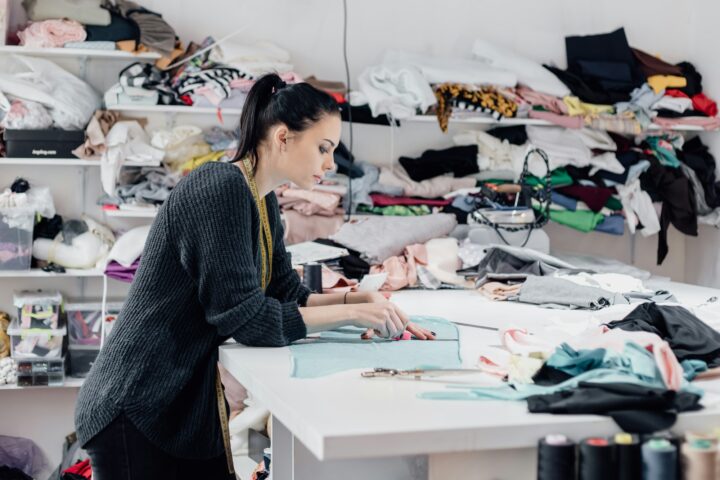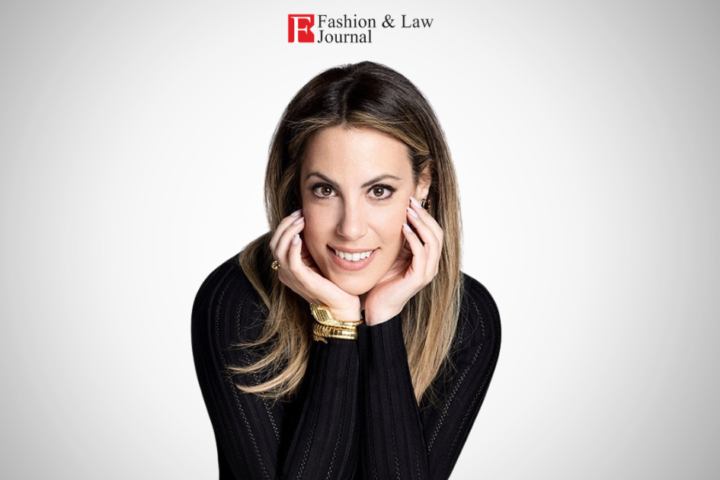The iconic bag was introduced by Mac Jacobs into the world of fashion and luxury in the year of 2019. This bag soon after its introduction, became the talk of the town, its versatility impressed everyone, and the bold name of it designer right in the centre screamed luxury.
This luxury bag came in various colours and sizes and was available in leather as well as canvas material and some with interesting prints as well, catering to a wide range of audience.
From celebrities to influencers to the common people, this bag was a rage in the market. Its designer label along with its durability, made up for an impeccable style statement.
It is quite common for copies of such popular luxury products to be sold in the market, these copies are for those people who want to also own such luxury products, but are unable to afford them.
This was also the case for this trending tote bag. Since its price was not something which was affordable for many people, knockouts of this product became quite popular in the market.
The Controversy:
The controversy behind this designer product started when a handbag-seller, Guangzhou Xiao Ling Wan Trading Co., and owner of the Amazon Store, LINGWANUS, from China claimed that he suffered substantial damage to his business due to Marc Jacobs. He claimed and filed a declatory statement with the U.S. District Court for the Southern District of New York in retaliation to take down requests filed by Marc Jacobs.
Guangzhou claimed that it was made clear that the bags sold by him were sold under the brand name, “Fancy Forest”, and also claimed that customers were aware that the bag was not made by Marc Jacobs himself.
Guangzhou claim that by making “fraudulent assertions of trademark infringement” which ultimately caused Amazon to remove its listings for three handbag styles, Marc Jacobs has caused damage to its business relationship with the e-commerce platform.[1]
The new lawsuit follows increased activity from Marc Jacobs in looking to prevent copycat versions of the ‘it’ TOTE BAG which has increased in popularity since its introduction in 2019.
When filing the Amazon take-down complaint, Marc Jacobs relied upon two US trade mark applications for THE TOTE BAG word mark and a figurative mark with an intent-to-use basis covering wallets and card cases.
Unsurprisingly, Marc Jacobs’ applications for THE TOTE BAG do not include coverage for handbags, seemingly due to risks of objections from the USPTO on descriptiveness grounds.[2]
Guangzhou Xiao now seeks monetary damages from Marc Jacobs along with preliminary and permanent injunctive relief, which would eventually require Marc Jacobs to withdraw its trademark infringement complaint with Amazon.
Consequence and learnings from this controversy:
Counterfeiting in the fashion industry is not a new happening, every time a new luxury product is launched it is only a matter of few months that copies of such product start selling in the market, and the business of such products is quite successful because the general public is usually unable to afford the expensive luxury products, so they lean towards purchasing their knockoffs, which although quite evidently are nowhere the same quality as the original one, but is cheaper in price, which caters to the people’s wants.
Keeping these things in mind, it is important for the designers to make sure that their products and designs go through proper legal work before making them public, and keep track of counterfeit products that harm their business or reputation.
This is where the legal concept of trademarks come into the picture. Trademarking products are important for a number of reasons:
- Legal protection: By prohibiting the unauthorised use of a company’s name, logo, or brand, trademarks safeguard a company’s reputation and integrity.
separating oneself from rivals: A strong trademark aids in a business’s differentiation from rivals.
Preventing legal disputes: By forbidding third parties from using identical names or emblems that would mislead or confuse customers, trademarks can assist prevent legal problems. - Selling or licencing your company: Using a trademark facilitates the sale or licencing of your company as a whole.
- Rights to damages: In cases of trademark infringement, such as when someone uses a trademark without authorization or profits from the owner’s logo, trademark owners may be able to pursue damages through the use of trademarks.
- Intangible asset: Trademarks are an essential intangible asset for a company and can be very valuable.
- Trademarks never expire: Trademarks can last indefinitely.
To protect them from the problems of counterfeiting, the fashion firms’ unwavering inventiveness is something of a challenge. In these extraordinary times, novel platforms such as applications, new technologies, and solution-driven manufacturing have emerged and become popular. Nevertheless, the fashion labels continue to follow their plan, which involves producing stunning, alluring, and motivational artwork. And what a trademark aids in are maintaining the creative spirit that is associated with their brand.[3]
Therefore, trademark is a very essential step that is needed to be taken by brands in order to protect their creative ideas and designs.
References:
[1] Lexology, https://www.lexology.com/, (last visited Feb 24, 2024)
[2] Lexology, https://www.lexology.com/, (last visited Feb 24, 2024)
[3] Pratibha Tripathi, ‘Trademark as the most effective way to protect a fashion brand: an analysis’, Ipleaders Blog
(Feb 25, 2024 9:00 PM) https://blog.ipleaders.in/
About Author: Keiara Vidyarthi

Keiara is a Law student studying at the University of Petroleum and Energy Sciences. She has a keen interest in the dynamic world and area of fashion law and is a passionate learner, who strives to give her best.


